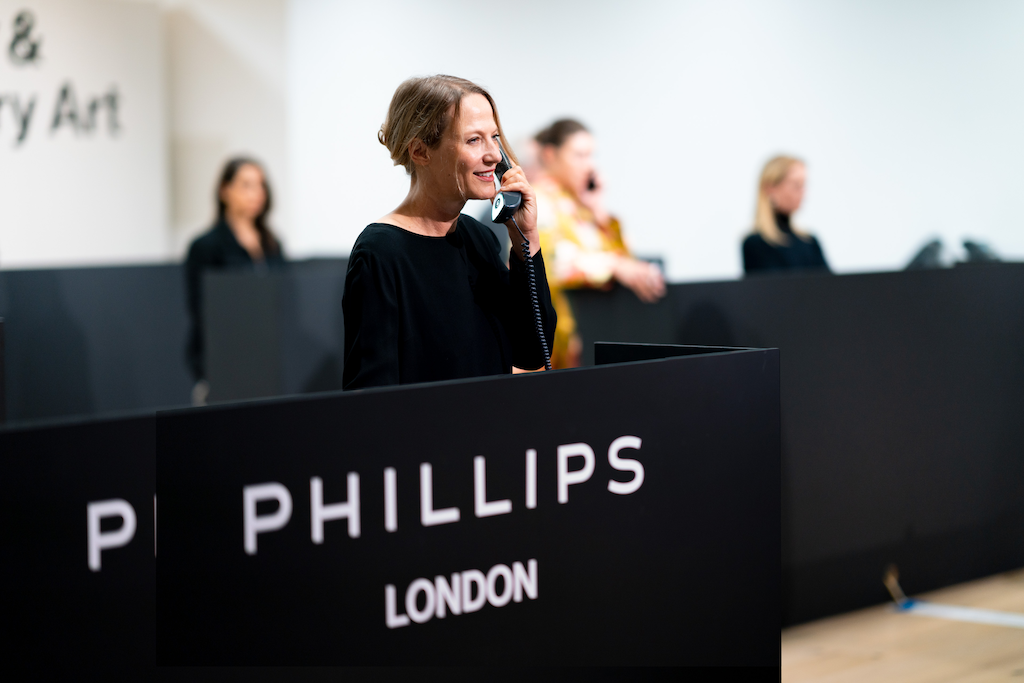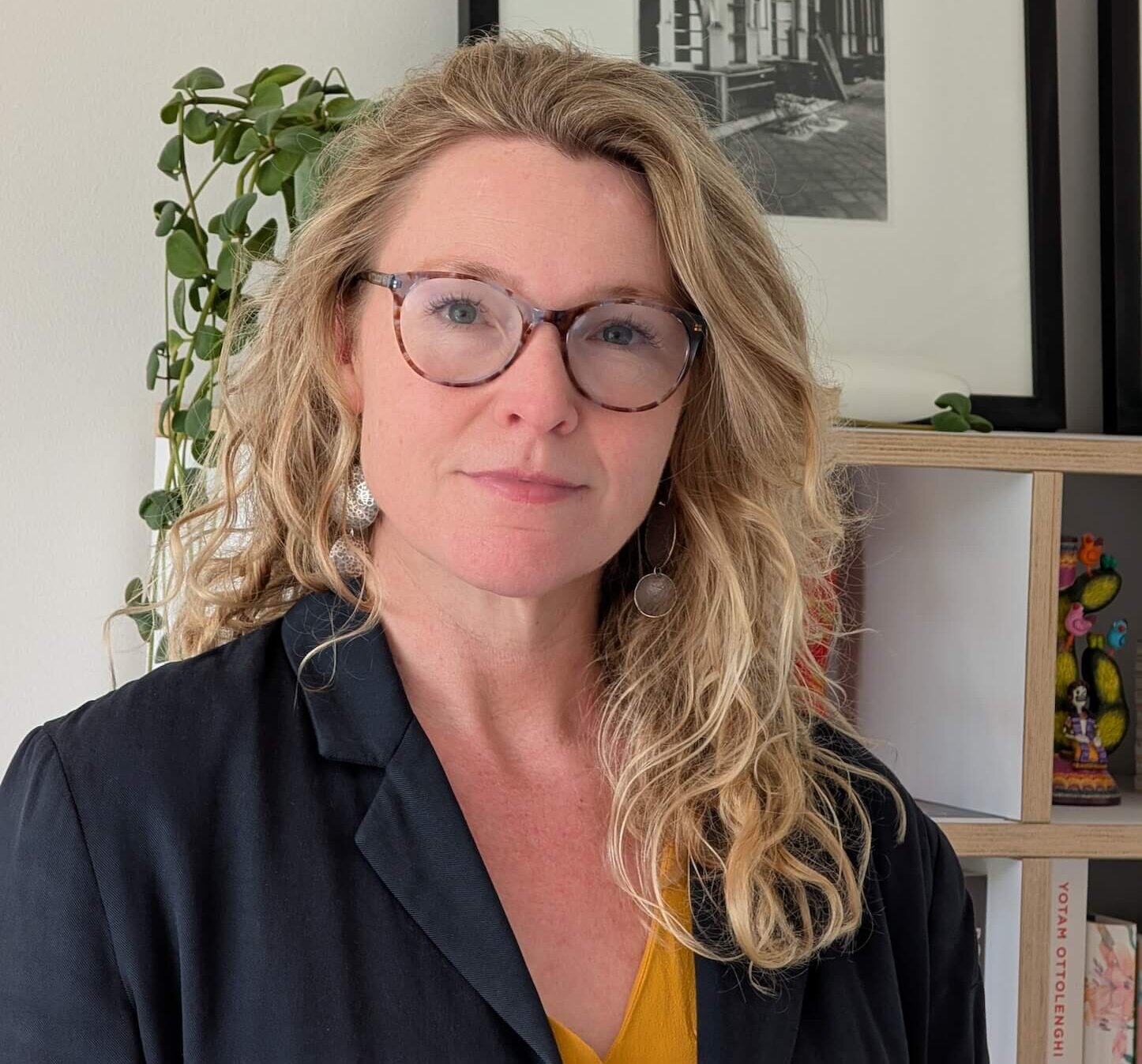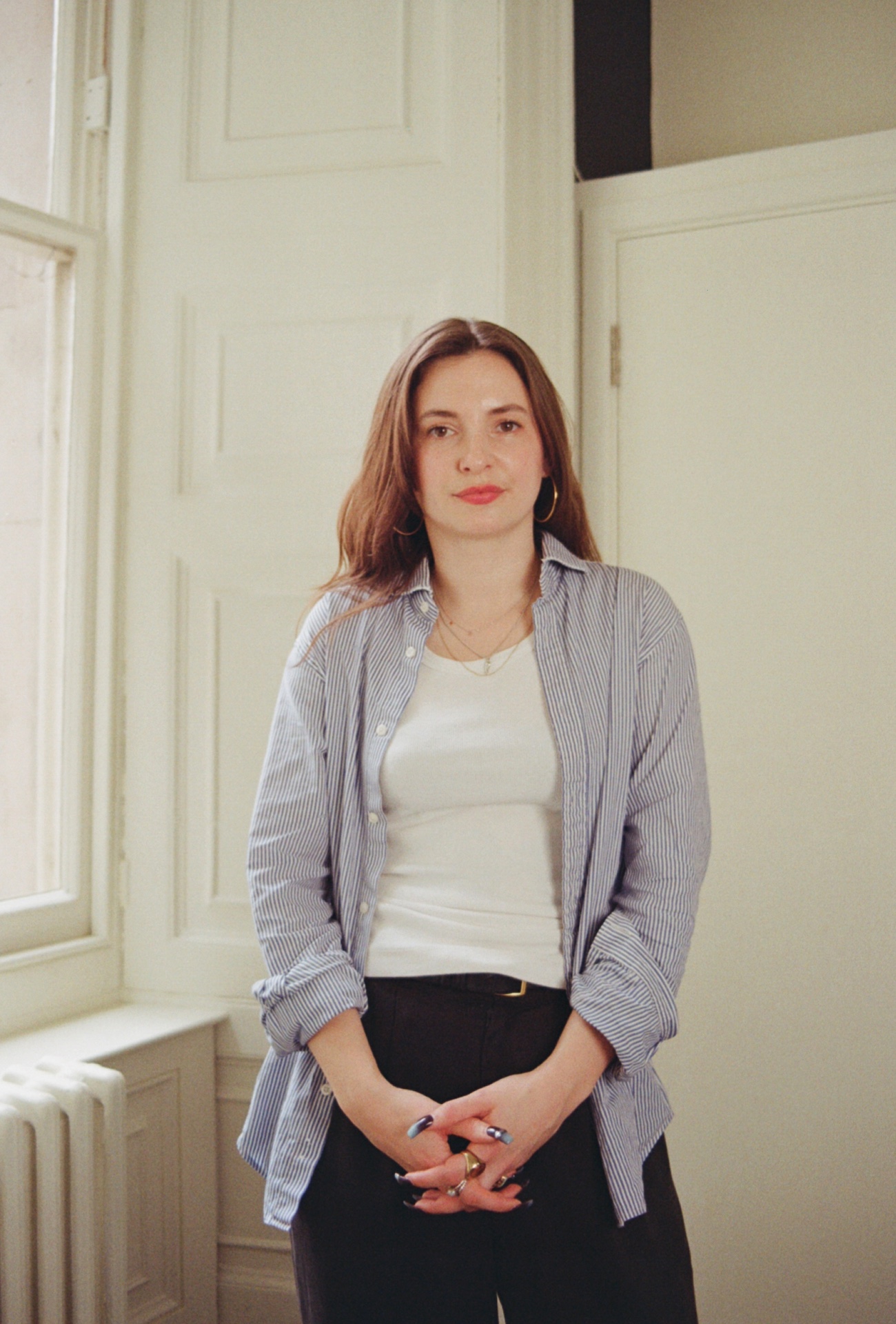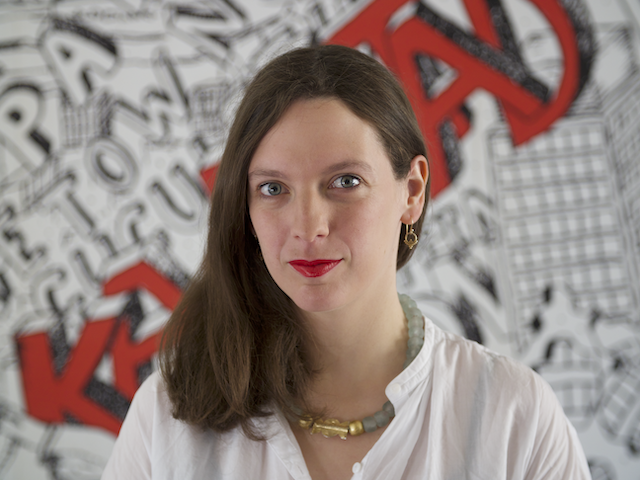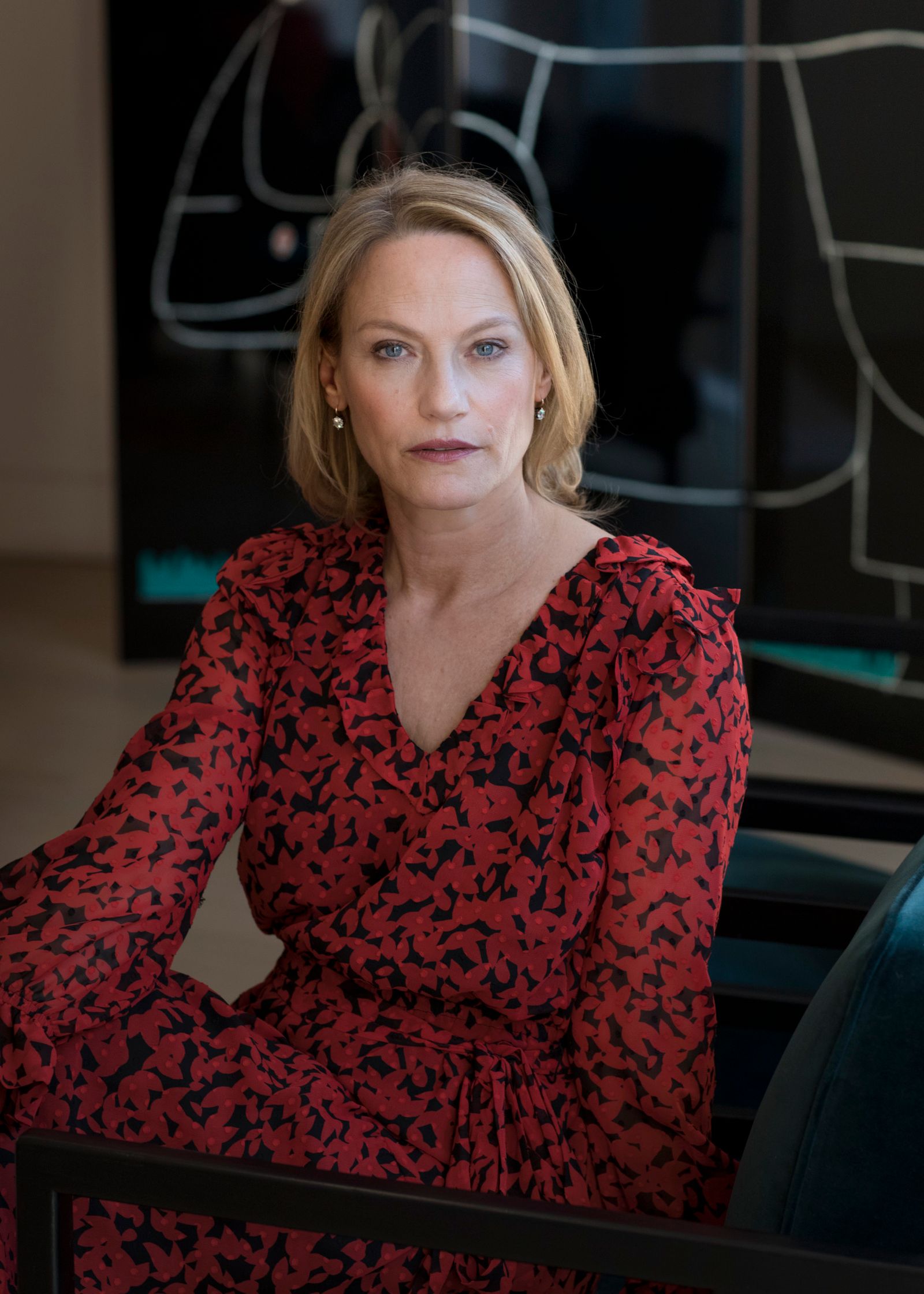

Interview Phillips Global Chair Cheyenne Westphal
Westphal has overseen some historic and record-busting sales – from to the time Damien Hirst put 200 of his own works up for sale in 2008 to a record breaking Richter sale in 2015 – and she was at the forefront when Sotheby’s brought artists like Robert Gober, Matthew Barney and Kiki Smith to auction for the first time. She’s navigated some tough times, too, not least the 2008 financial crash.
With all the ups and downs (she keeps herself on an even keel, she tells us, with Vedic meditation) Westphal has remained a leader and a positive force in the sometimes nefarious commercial art world. She chatted to The Wick Culture about the key moments that have shaped her, the go-to brands she favors for a big sale, and the art she’s personally pining for.
THE WICK:
What does a typical day look like for you?
Cheyenne Westphal:
A typical day at Phillips is dynamic and filled with a variety of interactions. My day begins with reviewing emails that have come in overnight, accompanied by a cup of coffee. Meetings are a significant part of my role, often requiring me to travel regularly. Major auctions frequently bring me to New York, while I also make regular trips to key Asian and European centres, including Hong Kong, Paris, Berlin, and Zurich.
Success in the auction environment demands a balance of long-term, mid-term, and short-term focus on clients and artworks. Building long-term relationships with clients is crucial, sometimes taking years before a client decides to consign a work. Alongside these relationships, I actively advise clients on optimal opportunities to buy and sell art, ensuring I stay fast and reactive to any inquiries that arise.
Each day is unique, shaped by the ever-evolving art market and the needs of my clients, making my work both challenging and rewarding.
TW: You have worked in auction houses for over 25 yrs. What is the biggest shift and change you have seen in the auction model to date?
CW: During my 25 years plus in auction houses, the biggest shift has been the increased pace of operations. Our auction calendar is now packed with sales in London, New York, and Hong Kong. With the transition to digital catalogues, the turnaround between consignment and sale has significantly shortened to just a few days, compared to at least four weeks at the start of my career.
TW: As global chairwoman of Philips, you’ve continued to preside over many record-breaking auctions, but you’ve also become known as innovators within the market, bringing many artists to market for the first time. Which initiative are you most proud of?
CW:
At Phillips, we pride ourselves on our responsiveness to the evolving tastes of our collecting community and our role as tastemakers. I am particularly proud of our Dropshop initiative, a digital platform offering limited-edition releases of primary market art and objects in partnership with the artists, collaborators, and brands defining contemporary culture. Through Dropshop, we have featured exciting artists such as Cj Hendry, Kehinde Wiley, Mickalene Thomas, Kent Monkman among others. Currently Se Oh’s exquisite moon jars are available on the platform. Additionally, creators involved in Dropshop receive resale royalty commissions in future Phillips sales, an industry first.
These developments underscore a growing convergence between curatorial interest and market demand, signalling a profound shift in the art world landscape.
TW: Philips has also established a number of important partnerships with institutions. How do you see the role of Philips within the art world in general – What impact can they have beyond the commercial?
CW: Phillips prides itself on supporting and partnering with institutions globally, playing an important role in the art world beyond commercial transactions. We endeavour to foster cultural enrichment, opportunities for learning and expanding perspectives. Through these partnerships, Phillips contributes to the cultural, educational, and social aspects of the global art community.
“In today’s digital age, where communication often feels impersonal, a phone call can make a significant impact and strengthen relationships.”
